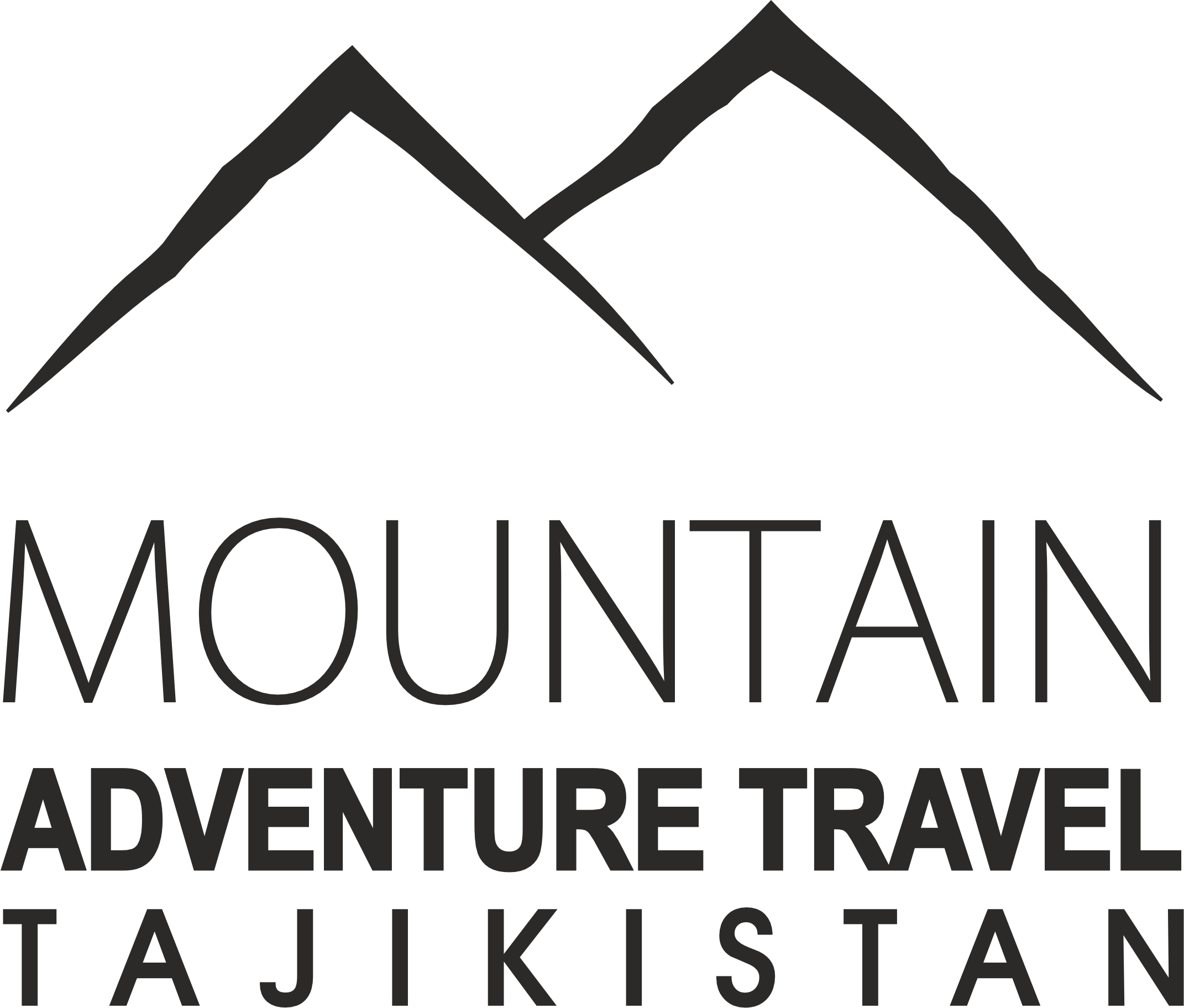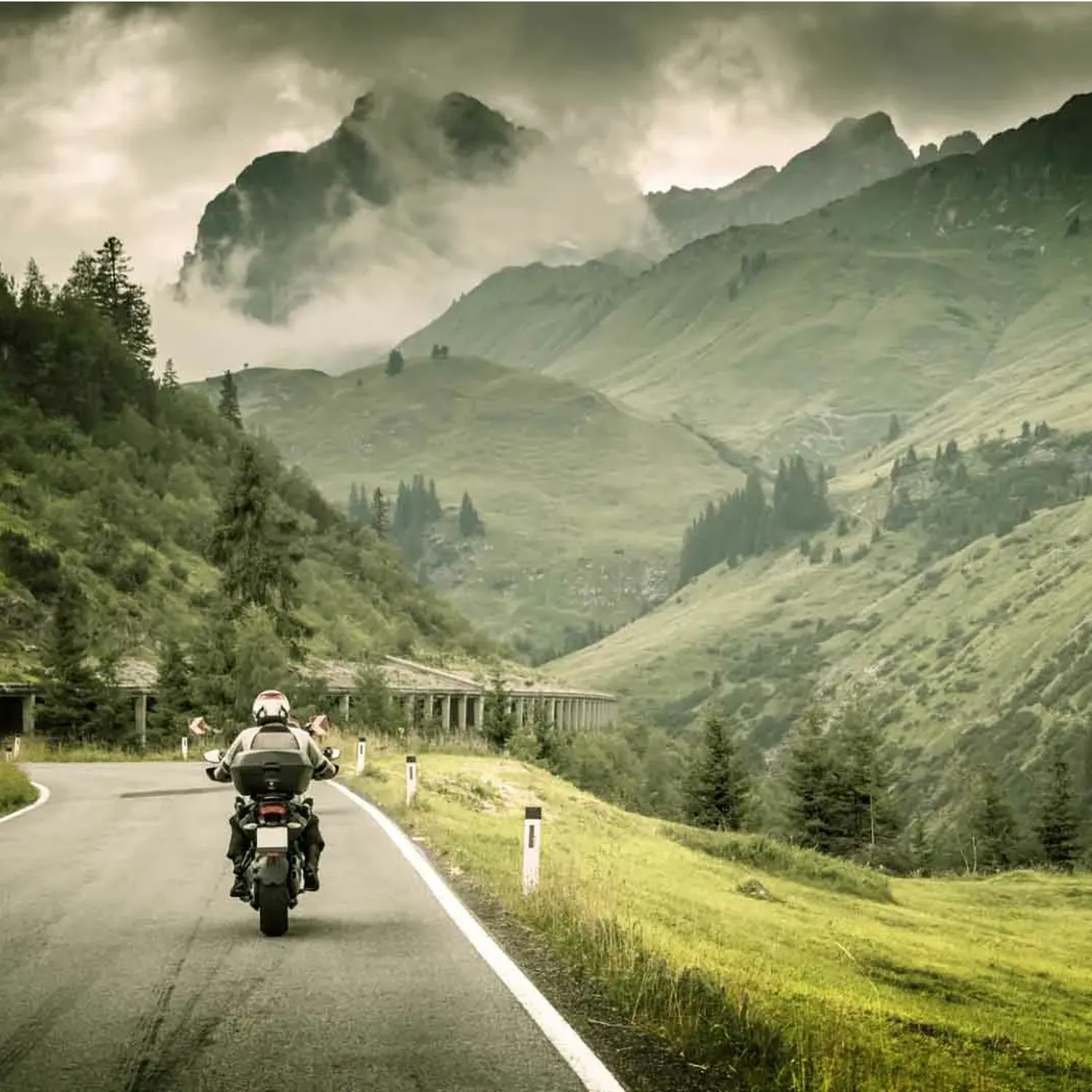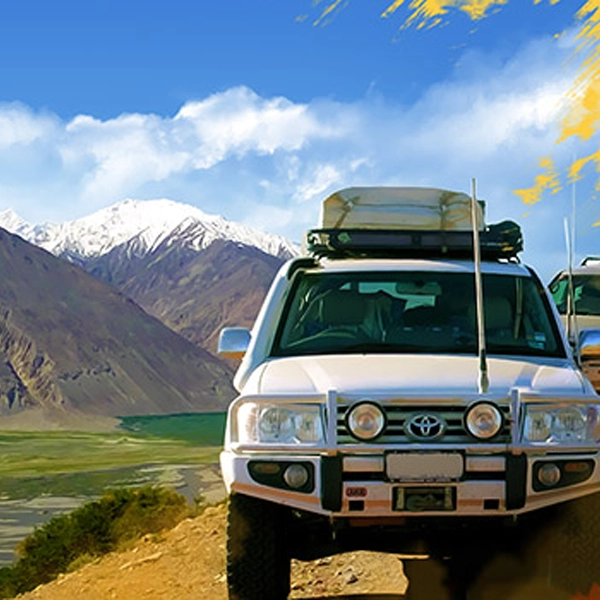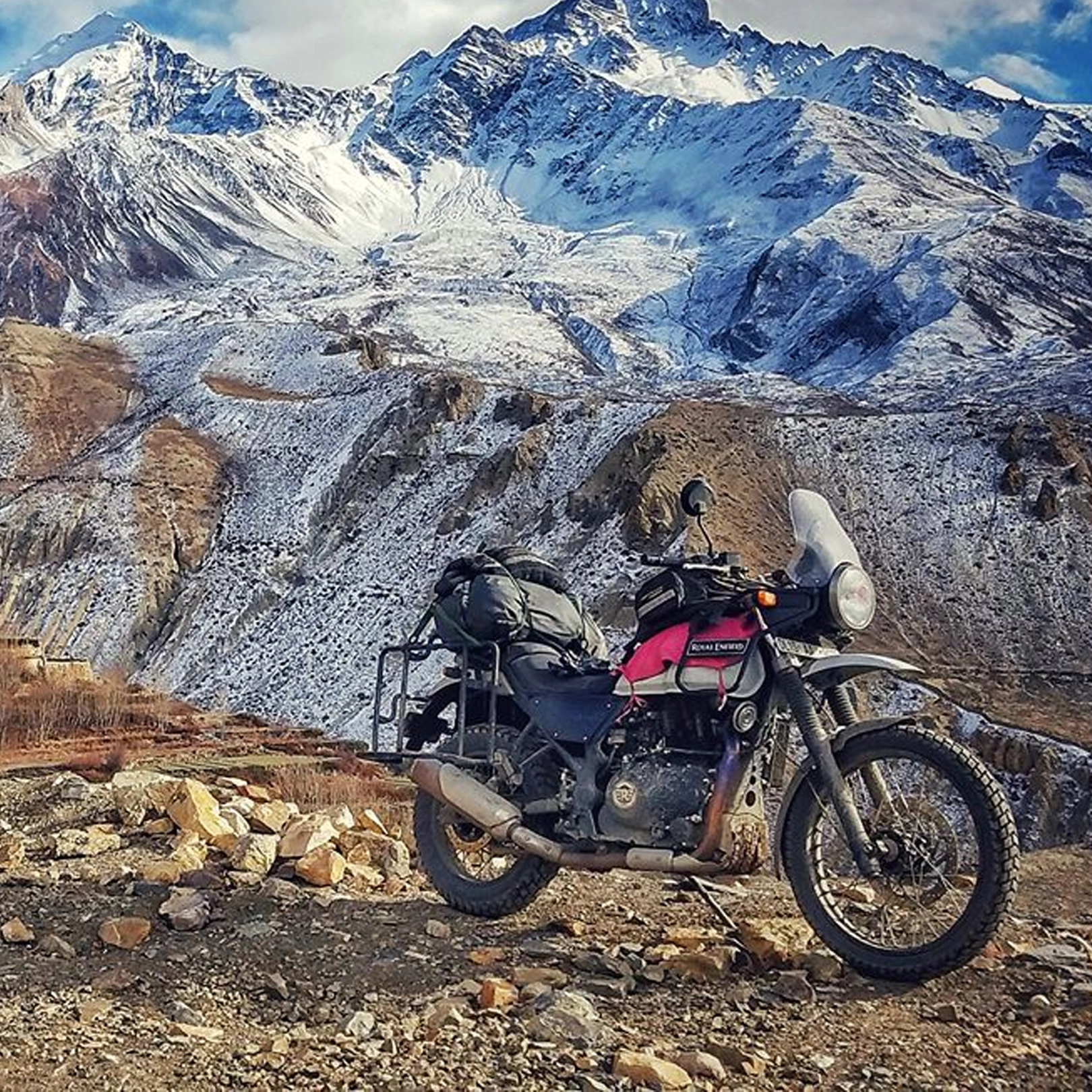
Central Asia is a pure land of contrasts: forbidden mountains with glaciers at top, vast lowlands of fruitful valleys pierced by broad rivers, abandoned steppes with thousands of evidences of the past. Being so different in the modern history all Central Asian states have a common history, kindred customs and traditions.
Tailor-made cultural tours along the Great Silk Road for Individual Travelers and Organized Groups;
Tour and Programs
Rental
Transport services
- Minivans 4wd and 2wd up to 6 people: Hyundai Starex, Mercedes Vito
- Minibuses up to 12 people: Mercedes Sprinter, Toyota Coaster,
- SUV for up to 4 people: Mitsubishi Pajero, Toyota Land Cruiser, Toyota 4Runner,
- Cars for up to 30 people: AsiaStar, Yutong,
- Cars for up to 50 people: Higer, Temsa

Official permits and visas
Visa support and group visas (certain countries only).
Invitation letters (only for certain countries).
We have permission from the Department of Tourism of the Ministry of Culture of the Republic of Tajikistan to issue invitation letters without coordination with official authorities. Letters are issued only for full and prepaid tour packages along with receipt of air tickets for arrival and departure;
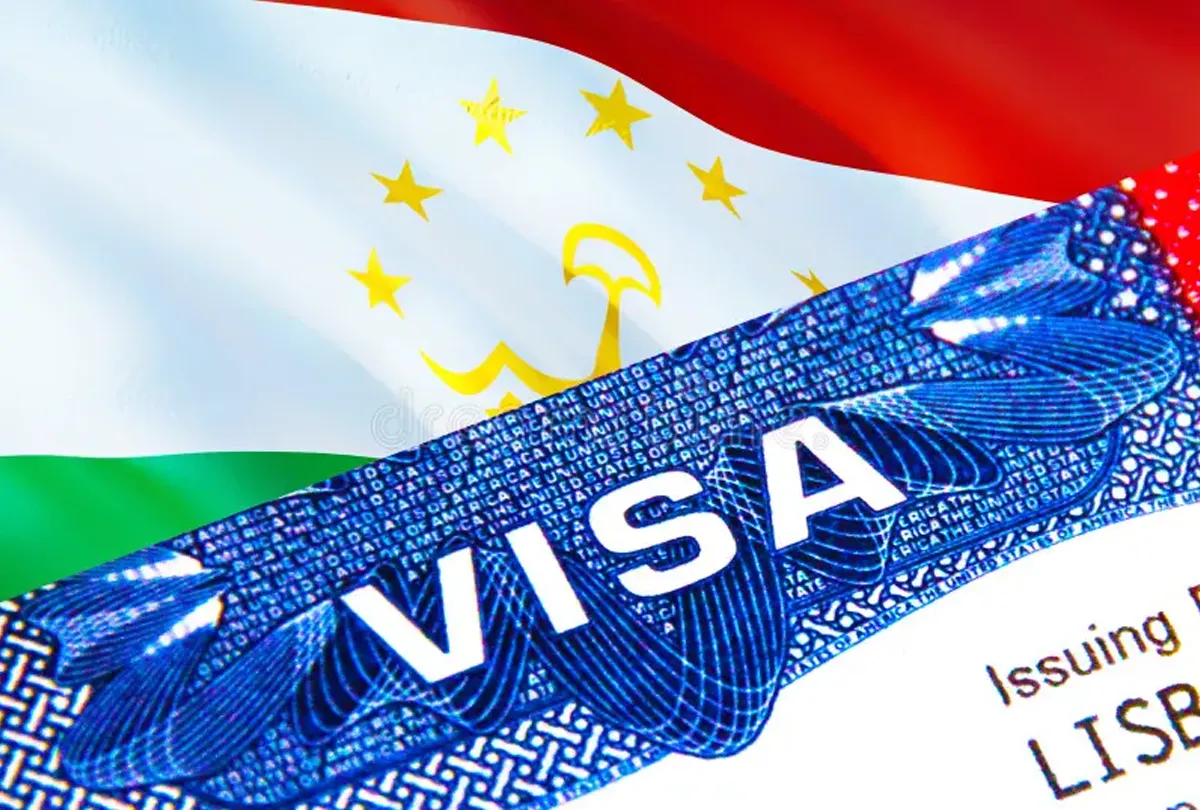
Permits for the border zone

To visit the entire territory of GBAO (Gorno-Badakhshan Autonomous Region) located on the border of Afghanistan, China and Kyrgyzstan, you need a Russian permit. To visit these areas, a special border pass is required for both foreign tourists and local residents. Access control is carried out both at the entrance and exit from border areas. Registration of the pass takes up to two weeks and requires the provision of copies of the passport and travel itinerary. Without services for organizing a tour, passes to the border zone will not be issued!
The Embassy informs all the interested parties and foreign citizens that according to the Decree of the Government of the Republic of Tajikistan as of 26 October 2021, #464, Tajikistan introduces a visa-free policy for citizens of 52 countries.
Starting from January 1st, 2022, unilateral visa-free policy of entry, stay on the territory of Tajikistan during maximum 30 days will be active for travelers from the listed below 52 countries: https://mfa.tj/uploads/washington/2022/01/The-introduction-of-a-unilateral-visa.pdf
The northern part of Tajikistan is located in the temperate climate zone, while the southern part is subtropical.
The climate in Tajikistan is quite varied, but generally does not offer extreme climate conditions. It is cold and wet with some nice summer months. The warmest and rainiest part of the country is Khatlon. The coldest is Gorno-Badakhshan. Due to the warmer temperatures, the best time for traveling is from May to September. Less attractive are the cold months from November to March.
The hottest temperature measured from 2007 to November 2023 was reported by the Dushanbe weather station. In July 2022, the record temperature of 45.3 °C was reported here. The hottest meteorological summer from June to August, based on all 8 weather stations in Tajikistan below 2,230 meters altitude, was recorded in 2007 with an average temperature of 27.4 °C. This average temperature will normally be measured every four to six hours, thus also including the nights. Normally, this value is 24.3 degrees Celsius. The average maximum daily temperature at that time was 33.7 °C.
The coldest day in these 16 years was reported by the Khorog weather station. Here the temperature dropped to -25.2 °C in January 2017. Khorog lies at an altitude of 2,075 meters above sea level. The coldest winter (December to February) was in 2014 with an average temperature of 1.6 °C. In Tajikistan, it is usual to have about 2.5 degrees more at 4.1 °C for this three-month period.
The most precipitation fell in March 2007. With 193.7 mm per day, the Khudjand weather station recorded the highest monthly average of the last 16 years
Your accommodation has been selected for convenience of location, comfort or character, and can range from a standard hotel in one city to a family run guesthouse in a smaller town. In remote areas, accommodation may be of a lower standard and may not have all western amenities. Please note that there is no international classification system for hotels and differences in facilities and quality do exist. Rest assured that all hotels used by are regularly inspected by our staff and our partners to ensure that standards meet your needs. Please note double bed requests can be made at time of booking but cannot be guaranteed
In Turkmenistan, Tajikistan, Kyrgyzstan, Kazakhstan and Uzbekistan, the cuisine is influenced by Middle Eastern and Turkic (or Mediterranean) dishes – yoghurts, dried fruit, legumes, fruit vinegars, or mild spices like cumin season the common dishes such as lagman (handmade noodles), shashlyk (kebabs), naan (flat bread) and plov (rice pilaf dish). Beef, mutton and chicken are the only meats available in most areas and feature in most dishes. Local breakfast dishes include naan and airan (like sour cream), savoury noodles with vinegar and green tea. You may also be served a fried egg, jam, honey or toast. Black tea and coffee can usually be requested.
The food is always local in style and derives from what is in season and harvested locally. Vegetarian only alternatives are not usually limited by grilled vegetables and meet-free soups. There are always plenty of salads, vegetables and bread offered at most meals.
Tajikistan has several unique dishes that anyone has to try when visiting. The Tajik cuisine particularly uses lots of rice, bread, meat and dairy products. With food being very affordable, there are no excuses to taste everything Tajikistan has to offer.
Tajik eating culture
Tajikistan has its characteristic dishes that anyone has to try when visiting. The cuisine has a lot in common with the neighbouring countries in Central Asia. The food in Tajik restaurants is very affordable for western standards with main dishes going for a few dollars. The Tajik typically eat their food from a large communal plate called tabak
Buses: Air-conditioned buses are used on our group tours for city sightseeing, short countryside excursions and, if required, longer transfers. Main and intra-city roads in Central Asia have a reputation for being very congested. For this reason, it is not always possible to return to the hotel after sightseeing to freshen up before going to a restaurant for dinner. Roads in Central Asia have generally improved in recent years, but traffic and/or weather conditions may increase driving time.
Dushanbe – Kulyab – Kalai-Khumb: Part of the route has a new asphalt surface, part of it has a gravel road. Road work continues. Part of the route along the Afghan border has excellent pavement and a European driving feel.
Kalai-Khumb — Ishkashim: gravel mixed with a once asphalt road and some sections of the road with asphalt.
Ishkashim – connection of the Wakhan Valley road with the M41 highway (near Jelondi): most of the route is off-road and gravel. Some areas are paved.
M41 from Jelondi to the border with Kyrgyzstan: the asphalt road is in fairly good condition. Some areas with a lot of potholes. Some areas are in poor condition.
Dushanbe – Khujand: good asphalt surface, but Anzob tunnel is still a bit dangerous
Dushanbe — Penjikent also has a good asphalt surface.
Secondary roads range from rough to impassable by car.
Airplanes: Domestic flights are operated in economy class by reliable domestic airlines such as Somon-Air or Tajik-Air. Air tickets are not pre-allocated.
Throughout your entire trip with our company, you will be accompanied by a professional guide (different for each country) who has a university degree and speaks very good English. In some places, in addition to an accompanying person, you may also have local guides (for example, in some museums). In all cases, guides do not cross borders. You will be assisted through border formalities on one side and proceed to the checkpoint where you will be met by a guide on the other side.
The drivers of our company have extensive experience in the field of tourism and driving various visa vehicles, and all our drivers are experienced craftsmen who, in the event of a breakdown, can repair vehicles themselves on the road.
Most travelers prefer to visit several countries of the Silk Road within single trip. In general borders are easy to cross, but sometimes delays occur. The time it takes to pass through a border is not always predictable. Expect there may be delays. Some crossings require a walk between exit and entry. Have luggage on wheels and keep weight of carry- on (day bag) to minimum. We suggest back pack style for day bag as easiest to manage without assistance
We want to give you the opportunity to buy souvenirs; Therefore, in some cities we will visit craft workshops, bazaars or factories, which display crafts or products unique to the region and made by hand, which can be purchased. We understand that souvenir hunting isn’t for everyone, so we strive to take you to local attractions. We’re confident you’ll enjoy these opportunities to learn about local arts and crafts and understand their historical and cultural significance.
In Tajikistan, the US dollar and euro are still the easiest currencies to exchange. You can use your credit cards in all shops, restaurants, hotels and department stores in major cities. As for small towns or villages, you will need cash to pay for your needs. You can exchange money at any bank or ask a guide and he will kindly change money for you at the nearest bank. It is legally prohibited to pay for purchases in foreign currency.
Very few establishments accept credit cards. Cities have ATMs for withdrawing money, but rural areas do not.
Personal expenses. You will need to bring a little extra money with you for drinks, laundry and souvenirs, as well as for any additional excursions that may be offered to you.
Sightseeing at nearly all of the palaces, fortresses and some temples involves climbing quite a number of steps. These palaces were built to provide defense against potential invaders so nearly all of them stand on top of a hill, while the interiors have layers of narrow hallways and steps to slow down the advance of enemies once they were inside. The steps tend to be quite large, not level and sometimes without handrails. Mosques and Madrassas also tend to be built at an elevation, as this is the most auspicious position according to ancient beliefs. This means you sometimes need to walk from the bus park to the entrance, and/or need to climb some steps inside.
People with knee or hip injuries, who have poor balance or are otherwise unable to complete these activities independently should consider the suitability of this itinerary carefully.
